On September 12th at 10 am Pacific time, Apple will hold its heaviest annual product launch called “Wonderlust” at its California headquarters, kicking off the upcoming holiday shopping season.
The consensus expectation is that the new products at this launch will focus on three main categories: the iPhone 15 series, the ninth-generation smartwatch, and the second generation AirPods Pro wireless earphones with a USB-C charging port, in addition to several major operating system updates.
Some analyses suggest that smartphones, smartwatches, and wireless earphones are at the core of Apple’s ecosystem, accounting for as much as 60% of the company’s total revenue. This does not include income generated from additional digital services such as Apple’s streaming music.
On Friday, September 8, during the midday trading of U.S. stocks, Apple rose 1%, pulling away from a two-week low and ending a two-day consecutive drop, after dropping a total of 6.4% in the previous two days.
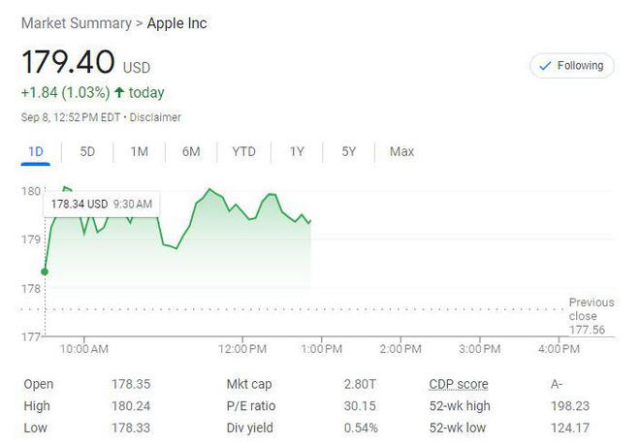
The basic iPhone 15 and Plus models will eliminate the notch screen and upgrade the main camera sensor to last year’s high-end configuration.
The camera upgrade will be one of the “most significant highlights” of the next-generation iPhone 15 series, and Apple is believed to be hoping to use it to “affect the scale of potential buyers and the upgrade needs of existing users.”
This year, Apple is still expected to launch four models: the standard iPhone 15 and Plus, as well as the high-end 15 Pro and Pro Max. There is still debate in the industry about whether to keep the original name for the Pro Max or rename it “Ultra”, the latter of which is more in line with Apple’s naming trend for its highest-end devices.
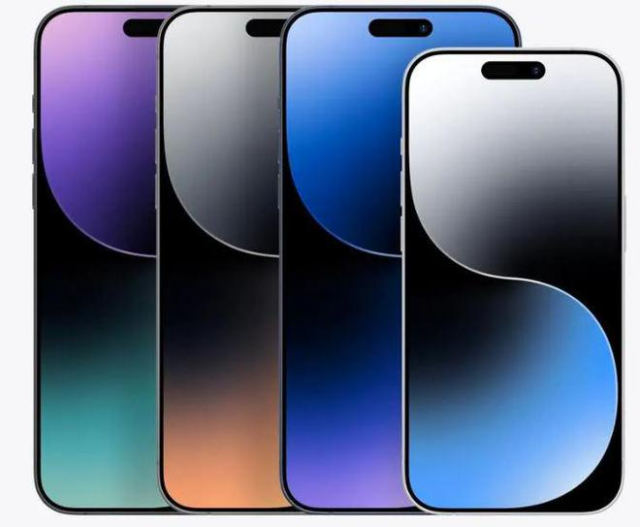
The iPhone 15 and Plus are expected to, like their previous standard models, have aluminum sides and glass back panels, continue to use 6.1 and 6.7-inch display sizes, and, imitating last year’s iPhone 14 Pro high-end model’s first elimination of the “notch screen”, use the “Dynamic Island”, which is a major visual change for the standard phone model.
The camera performance of these two basic models will be significantly improved, with the main camera sensor being upgraded from 12 megapixels to 48 megapixels, directly competing with the resolution of the main camera of last year’s iPhone 14 Pro high-end version.
According to the scientific and technological industrial market research firm TrendForce, the standard iPhone 15 and Plus will both be equipped with Sony’s stacked camera sensors, capable of capturing more light and improving the dynamic range of photos.
At the same time, the color configurations of the regular iPhone 15 and Plus models are expected to be pink, black, white, blue, and yellow. The lowest price configuration will remain consistent with the previous generation, at 799 and 899 respectively.
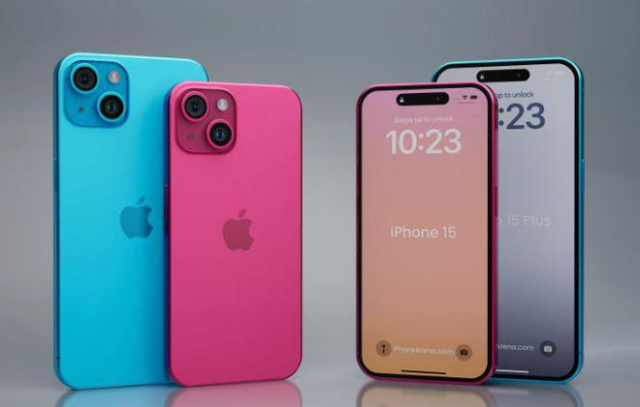
For the higher-end iPhone Pro and Pro Max series, the exterior changes may be more prominent.
For instance, they will adopt a new design, replacing the stainless steel on the sides, which can easily leave fingerprints, with titanium. This changes the tradition adopted since the tenth anniversary model iPhone X, making the phone more durable and reducing its weight by about 10%.
The display on the latest high-end models will be slightly larger as the frame around the screen will be slimmed down by about one-third. It is reported that to achieve a thinner frame, Apple is using a new manufacturing process called LIPO (Low Injection Pressure Overmolding).
Additionally, high-end models are expected to retain the same matte glass back panel as their predecessors, but the edges connecting the sides and the front may not be as sharp as before. The colors of the phone will be gray, black, deep blue, and white. Due to higher demand, Wall Street expects the price of high-end models to increase by 100 dollars.
Unlike the iPhone 15 and Plus standard models that will use the A16 chip from last year’s Pro phones, this year’s Pro version will have a performance advantage, featuring a faster A17 Bionic chip set based on the latest 3-nanometer process technology that enhances battery life, and additional memory.
The back of the Pro high-end model will be equipped with three cameras, including a 48-megapixel sensor. The new telephoto and ultra-wide-angle lenses will have more megapixels than last year’s Pro series sensors.
The biggest camera upgrade will be specifically for the iPhone 15 Pro Max with a 6.7-inch display, which will be equipped with a periscope telephoto lens to enhance the device’s optical zoom capability. Known as “the Strongest Apple Analyst on the Ground”, Guo Mingchi of Tienfeng International previously stated that the lens will support up to 5 or 6 times optical zoom, while the current optical zoom limit for the iPhone 14 Pro model is 3 times magnification.
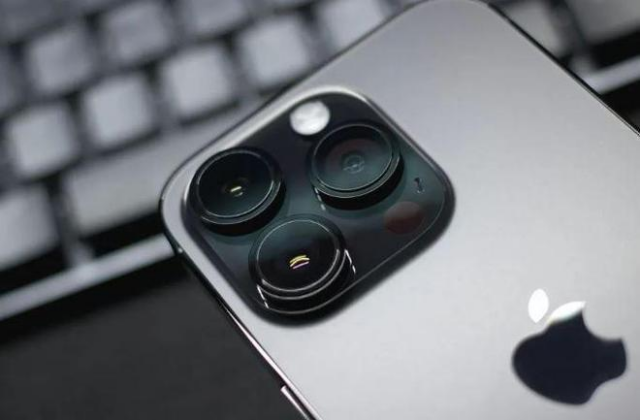
The Pro high-end model is also said to replace the phone’s side mute switch button, the first time this feature has been replaced since the introduction of the first iPhone in 2007. This switch will transform into an “action button.”
This action button is inspired by last year’s Apple Watch Ultra. Users can customize it to handle various functions, including silencing the phone, opening “Focus Mode”, turning on the flashlight, launching the camera, starting recording, opening Siri shortcuts, pulling up the digital magnifying glass, opening accessibility settings, etc.
It is also said that the interior of the Pro series models will be redesigned to match the improved aluminum chassis of the basic iPhone 14, making the phone easier to repair and providing support for Wi-Fi 6E, etc.
In addition to their respective updates, the four models of the iPhone 15 series will all be equipped with the “U2” ultra-wideband semiconductor, Apple’s latest UWB chip since the U1 was launched in the iPhone 11 Pro in 2019. This will enhance the device’s positioning and tracking functions, and Apple also plans to add this chip to the next generation of all its main products.
All four new phone models will switch from Lightning to USB-C ports for wired charging and data transfer. Last year marked the tenth anniversary of the Lightning port. However, the higher USB 3.2 data transfer speed will only apply to Pro high-end models, while the standard 15 and Plus models will adopt the common Android phone standard–USB 2.0 speed.
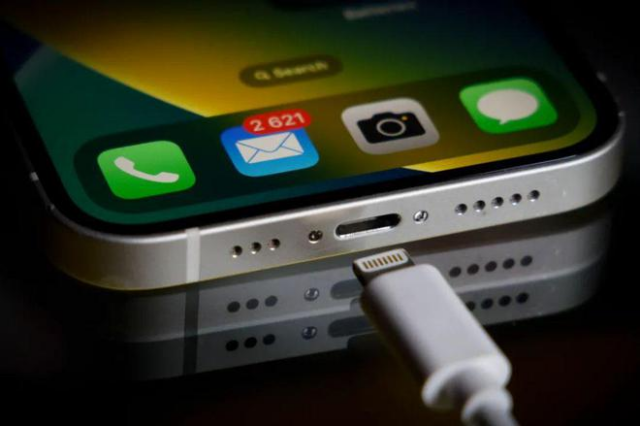
At the same time, all four new phone models will have a faster 35W wireless charging speed and will replace the notch screen with a Dynamic Island. The latter is an interactive area surrounding the front camera and FaceID “face-swiping” sensor, displaying system alarms and real-time activity, among other tailored information. Apple will also stop producing phone cases and switch to more environmentally friendly materials.